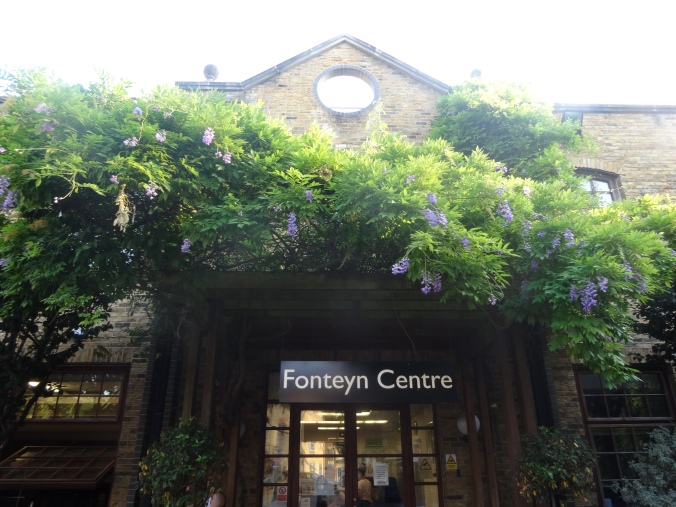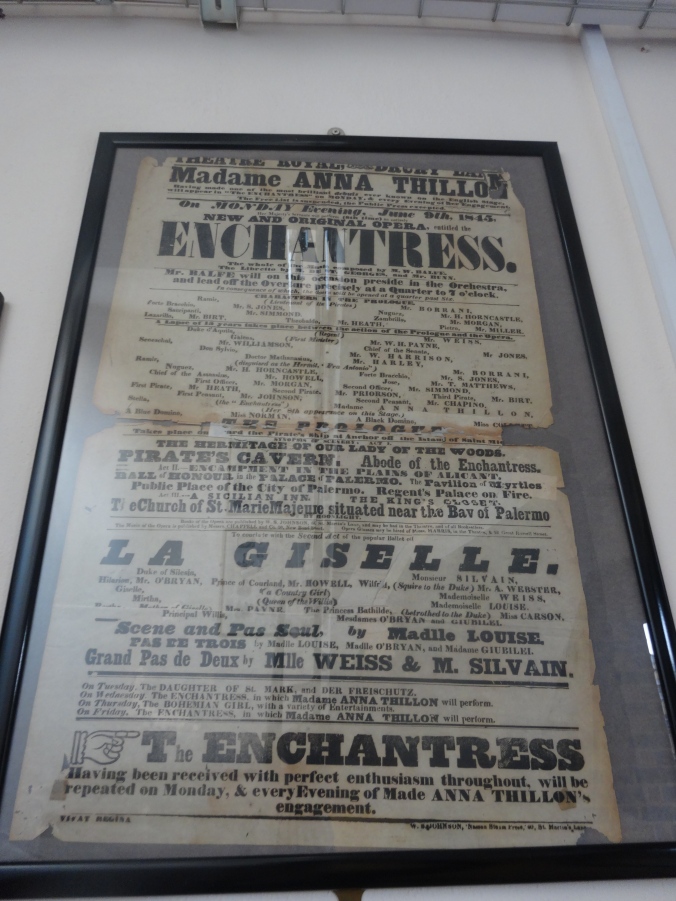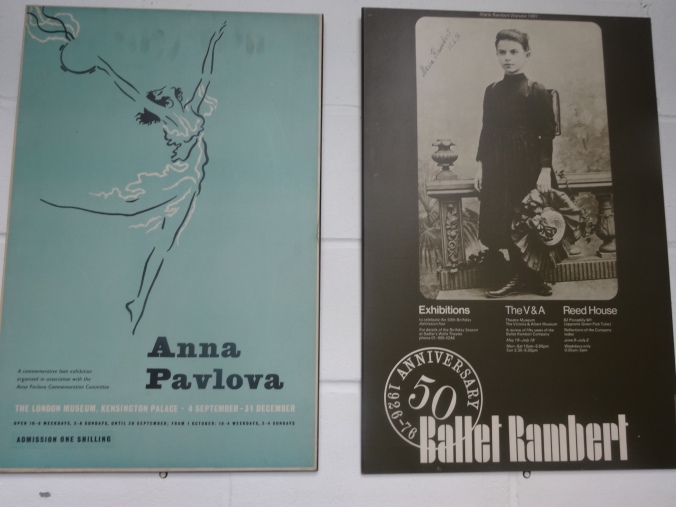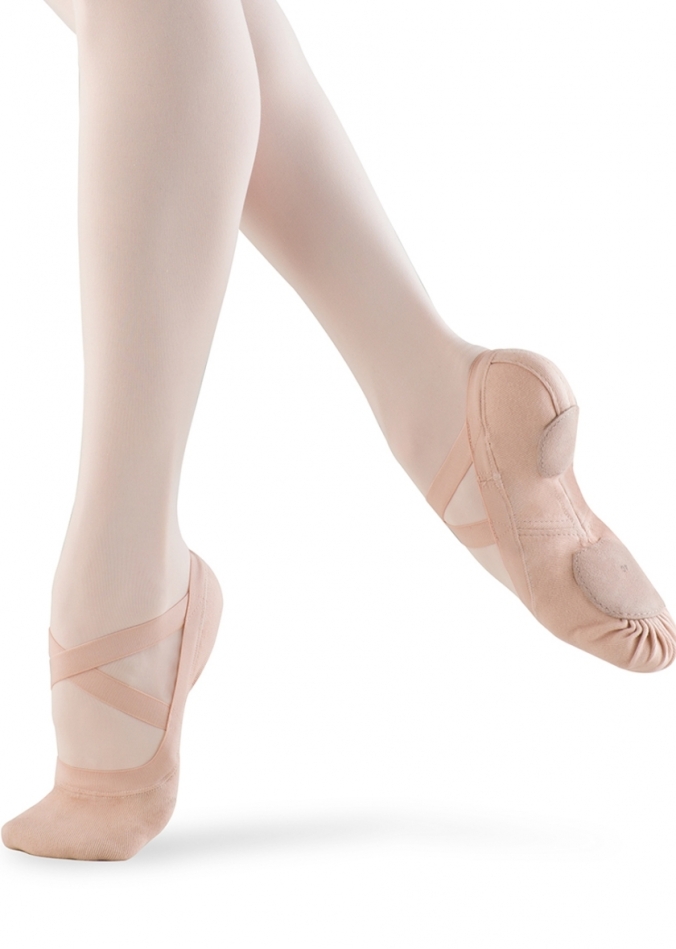I posted here a while ago about thinking about taking ballet exams.
Well, I’ve been taking the RAD Intermediate Foundation syllabus class for a couple of terms now, and I’m just getting ready to step it up to twice a week to start prepping in anticipation of taking the exam in the near future.
I totally love it, but here are a few things to think about if you’re considering syllabus work.
First of all, time commitment. What’s your week like? How often can you dance? If you’ve got a steady one-class-a-week habit, I would consider sticking to non-syllabus class. It totally depends on what kind of learner you are and what you enjoy, of course, but I think I would go a bit mad if I was only taking syllabus class and no others. Plus, I do think taking an exam-focussed class alongside a much more free form, creative class that is not end-goal orientated is the perfect complement to one another. In exam class the whole point is that this is stuff you can do, and the challenge is to memorise it and perform it to a high standard. And performance is key here – you are expected to present and communicate to an audience. In general class, the constant and unexpected challenge, and the fact that you are doing it for yourself with no other expectations, is what it’s all about. I definitely think that my work in both types of class have improved what I do in the other.
Another thing to think about is financial commitment. Of course, it’s taking on a new class, and as you become a bit more proficient and start thinking about the exam, it’s pretty much essential that you pick up two classes a week. There’s also private lessons to think about, for focussed attention that you can’t get in class. There’s ways to lessen the cost here – taking privates shared between two or three students to a teacher is a good option, and some schools offer student-teacher (as opposed to fully-qualified teacher) rates. When you’re getting ready for the exam there’s the exam uniform to consider too, which depending on your school and exam level might involve specialist kit like a tutu.
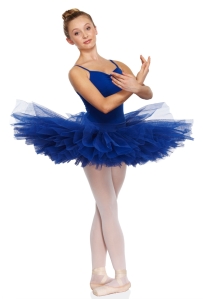
Of course I want to do the variation that means I have to wear this.
Then there’s homework! Again, it helps to think about what kind of learner you are as the syllabus textbooks and DVDs are of more use to some than others. However, I am such a verbal – and above all text-based – learner that being able to read and write my own notes in the textbook is incredibly helpful. I also have the RAD videos on my phone to watch when I have moment on the bus or the tube. I really enjoy giving myself a little bit of structured time to revise like this, but it’s not everyone’s cup of tea!
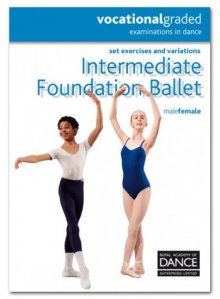
The kids in the learning materials are SO CUTE.
But here’s what I love about syllabus class. It’s so clear to self-assess how you’re progressing, which is really satisfying. Going from having difficulty doing barre without being led by the teacher, for example, to fully memorising all the barre exercises feels really great. I’ve just had a bit of a confidence boost recently because I feel I’ve got our 3rd allegro under my belt – which when I was first taught, seemed like such a far off prospect! My absolute favourite aspect of exam class, however, is performance and musicality. These are criteria in the exam so they are something you have to pay critical attention to, and I find it really rewarding. It is like rehearsing a part for performance, especially in the solo sections like the variation. It’s so nice to have your expression and performance quality recognised and developed like this. Our teacher often tells us that performing out to a big audience (which we should feel our audience is, even if it’s just the examiner!) is like projecting outwards from the heart. I think that captures something of the special and rewarding nature of working like this. I have to add that my teacher is great too and makes class so pleasurable!
I think ultimately, although taking ballet exams as an adult isn’t necessary at all, it’s really satisfying to work towards a recognised level, and I will be so proud if/when I eventually reach it!
